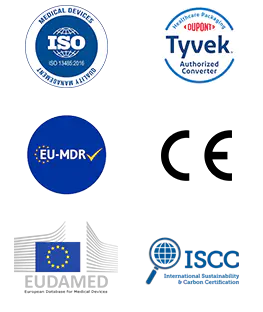With the increasing global emphasis on sterile management and the safety of medical supplies, the choice of medical packaging materials has become a critical factor in ensuring patient health and optimizing logistics. In recent years, Medical Packaging Made of Tyvek has gradually become a focal point in the industry. Its unique material properties, strong regulatory compliance, wide range of applications, as well as environmental and sterilization performance, make it an indispensable option in modern medical packaging. This article will analyze Tyvek's material performance, regulatory requirements, application scenarios, logistics and cost, environmental aspects, and sterilization adaptability, exploring its value and future prospects in the healthcare sector.
Content
- 1 1. What is Tyvek, and why is it used in medical packaging?
- 2 2. How does Tyvek compare to other packaging materials in terms of durability?
- 3 3. What types of medical products typically use Tyvek packaging?
- 4 4. How does Tyvek perform compared to paper or plastic packaging for sensitive medical devices?
- 5 5. Regulations and Compliance
- 6 6. Logistics and Cost Analysis
- 7 7. Environmental and Sustainability Considerations
- 8 8. Sterilization and Compatibility
- 9 9. Industry Trends and Future Outlook
1. What is Tyvek, and why is it used in medical packaging?
Tyvek is a high-performance nonwoven material made from high-density polyethylene fibers through a specialized manufacturing process. It is lightweight, tear-resistant, puncture-resistant, breathable, and impervious to microbial penetration. These properties make it an ideal solution for medical packaging: on one hand, it ensures that instruments remain sterile during transportation and storage; on the other hand, it outperforms traditional paper or plastic materials in mechanical durability.
The breathability of Tyvek allows sterilized medical instruments to maintain sterility within the packaging, while its microbial barrier effectively blocks bacteria and other microorganisms. Its lightweight characteristics also reduce transportation costs and minimize material waste caused by packaging damage.
2. How does Tyvek compare to other packaging materials in terms of durability?
In medical logistics, packaging materials must not only maintain sterility but also provide sufficient mechanical strength to withstand compression, impact, and environmental changes during transport. Tyvek's high-density polyethylene fibers offer tear and puncture resistance compared to paper packaging. Compared with traditional plastic packaging, Tyvek also provides better flexibility and breathability.
| Material Type | Tear Resistance | Puncture Resistance | Breathability | Water Resistance |
|---|---|---|---|---|
| Tyvek | High | High | High | Medium |
| Paper | Medium | Low | High | Low |
| Plastic | Medium | Medium | Low | High |
As the table shows, Tyvek clearly outperforms traditional materials in overall performance, ensuring both mechanical strength and sterilization-compatible breathability.
3. What types of medical products typically use Tyvek packaging?
Tyvek is widely used for packaging sterile medical instruments and high-risk consumables, including surgical instruments, syringes, catheters, disposable gloves, and complex instrument assemblies. Its applications are not limited to single-use items but also extend to medical devices that require a high level of sterility.
1. Surgical Instruments
Precision instruments such as scalpels, scissors, and forceps
Breathability ensures sterility is maintained after sterilization
Tear-resistant and puncture-resistant to protect the integrity of instruments
2. Syringes and Needles
Disposable syringes, needles, and infusion devices
Packaging must prevent microbial penetration while ensuring post-sterilization safety
3. Catheters and Guidance Devices
Cardiac catheters, urinary catheters, endoscopic guide catheters, etc.
Requires flexible and breathable packaging to prevent damage within the package
4. Disposable Gloves and Protective Gear
Medical gloves, masks, protective clothing, etc.
Tyvek balances breathability and protection, reducing the risk of packaging damage
5. Precision Diagnostic Devices and Consumables
Blood sample collectors, reagent kits, small diagnostic instruments
Packaging must maintain sterility during transport and storage, while protecting against moisture and compression
The breathability and microbial barrier of Tyvek allow packaged items to remain sterile for extended periods after sterilization, making it suitable for hospitals, clinics, laboratories, and other medical institutions with stringent equipment safety requirements.
4. How does Tyvek perform compared to paper or plastic packaging for sensitive medical devices?
Sensitive medical devices, such as minimally invasive surgical instruments and precision diagnostic equipment, place high demands on packaging materials. Paper packaging, although highly breathable, is prone to moisture absorption and deformation, which can compromise sterility. Plastic packaging offers strong water resistance but poor breathability, which may to condensation after sterilization, potentially affecting device safety. In contrast, Tyvek combines breathability and protection, maintaining internal pressure balance while effectively preventing microbial penetration, making it an ideal choice for packaging sensitive medical devices.
5. Regulations and Compliance
Medical packaging materials must comply with international standards and regulations, such as ISO 11607 (Sterile Medical Device Packaging Systems) and other regional requirements. Tyvek, with its stable physical and chemical properties and sterilization compatibility, is widely recognized in the industry and meets compliance requirements for various medical devices.
| Indicator Type | Tyvek Performance | Relevant Standard Compliance |
|---|---|---|
| Mechanical Strength | High | ISO 11607 |
| Microbial Barrier | Excellent | USP <71> |
| Breathability | High | EN 868-5 |
| Sterilization Tolerance | Compatible with multiple sterilization methods | ISO 11135, ISO 11137 |
As shown in the table, Tyvek meets key international regulatory standards, providing medical institutions with a reliable packaging solution.
6. Logistics and Cost Analysis
Although the material cost of Tyvek is slightly higher than traditional paper or plastic packaging, its high strength and low damage rate significantly reduce the risk of product breakage during transportation and storage, thereby lowering overall operational costs. In large healthcare institutions or cross-regional logistics systems, Tyvek packaging can improve supply turnover efficiency, ensuring that medical devices reach their destinations safely and on time.
| Packaging Type | Material Cost | Damage Rate | Logistics Safety | Overall Cost Impact |
|---|---|---|---|---|
| Tyvek | Medium-High | Low | High | Optimized |
| Paper | Low | High | Medium | Increased |
| Plastic | Medium | Medium | Medium | Moderate |
From a cost perspective, Tyvek demonstrates clear overall advantages, particularly for the transport of high-value or highly sensitive medical devices, delivering significant economic benefits.
7. Environmental and Sustainability Considerations
With growing global attention on medical waste and environmental protection, the eco-friendly properties of Tyvek packaging have become an industry focus. Tyvek is recyclable, reducing the environmental burden of medical packaging waste. Its lightweight design also reduces energy consumption and carbon emissions during transport. Additionally, Tyvek packaging can be reused without compromising performance, further supporting sustainable development strategies.
8. Sterilization and Compatibility
Medical packaging must withstand multiple sterilization methods, including ethylene oxide (EtO), gamma radiation, and high-temperature steam sterilization. Tyvek does not deform or break during sterilization. Its microporous structure allows gases or radiation to penetrate while maintaining a microbial barrier. This feature enables Tyvek packaging to provide high-level sterility protection throughout the lifecycle of medical devices.
| Sterilization Method | Tyvek Compatibility | Impact on Packaging Integrity |
|---|---|---|
| Ethylene Oxide (EtO) | Good | None |
| Gamma Radiation | Good | None |
| High-Temperature Steam | Good | None |
9. Industry Trends and Future Outlook
As medical devices become increasingly diverse and complex, performance requirements for medical packaging materials continue to rise. Tyvek, with its unique material advantages and multifunctionality, is emerging as a preferred choice for standardized packaging. In the future, with the adoption of sustainable development principles and smart medical logistics, Tyvek packaging is expected to integrate with smart labels and traceability systems, further enhancing the safety and efficiency of medical supply management.
In summary, Medical Packaging Made of Tyvek demonstrates significant advantages in material performance, regulatory compliance, application scope, logistics management, cost control, environmental sustainability, and sterilization compatibility. It not only meets the high standards of sterile packaging required by modern healthcare but also provides reliable protection for the transportation, storage, and management of medical supplies. As the industry's demands for safety, efficiency, and sustainability continue to grow, the application prospects for Tyvek medical packaging remain broad, and it is expected to play an increasingly important role in the field of medical packaging.

 English
English Français
Français Deutsch
Deutsch Nederlands
Nederlands

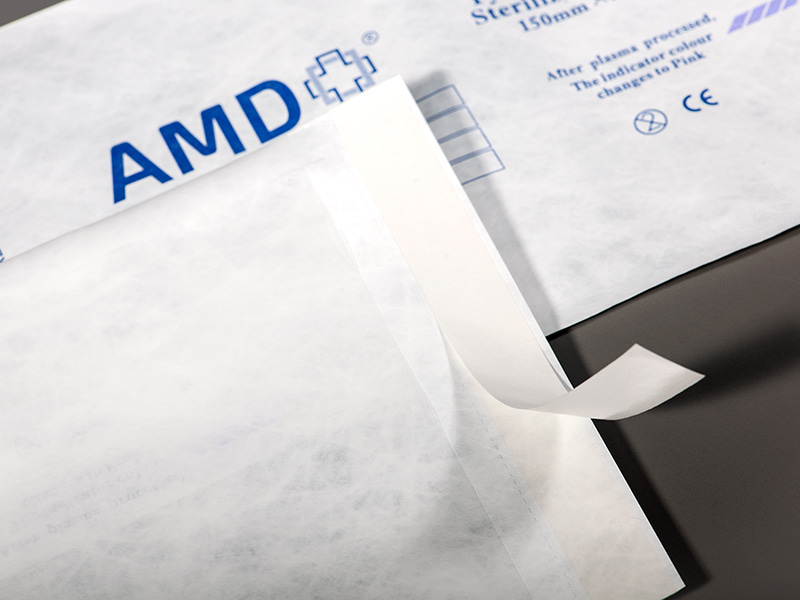
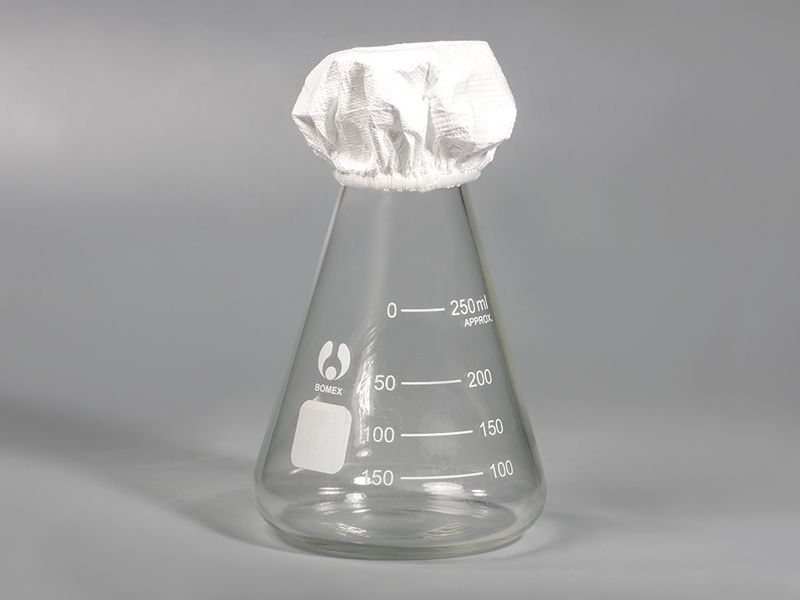



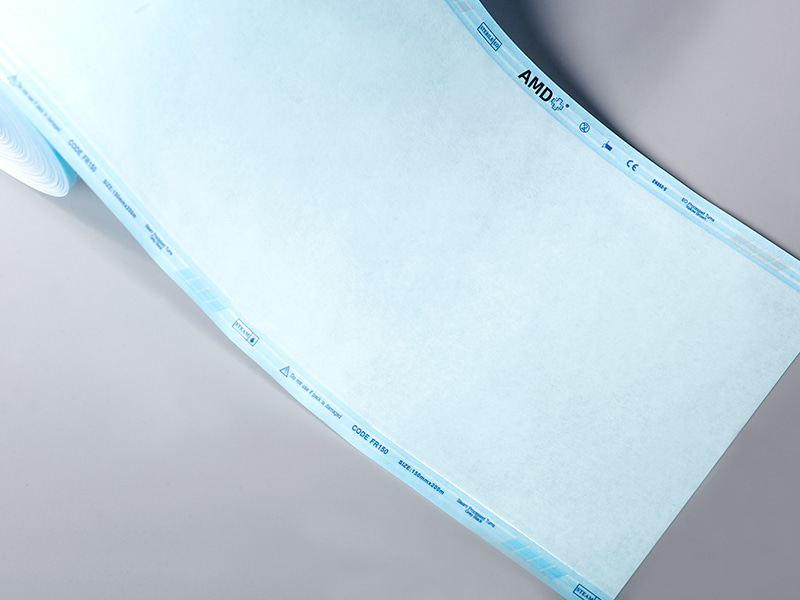
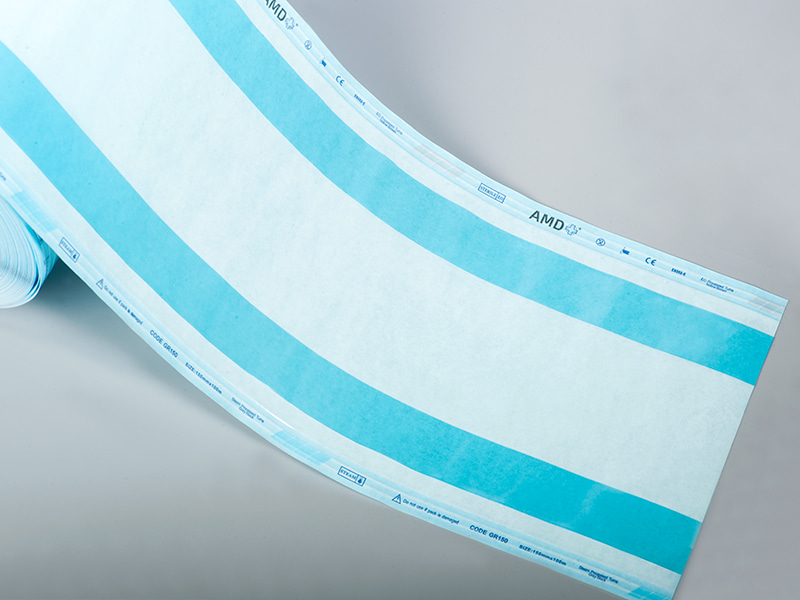





 ‘s-Gravenweg 542, 3065SG RotterdamThe Netherlands
‘s-Gravenweg 542, 3065SG RotterdamThe Netherlands
 +31 (0)10 254 28 08
+31 (0)10 254 28 08
